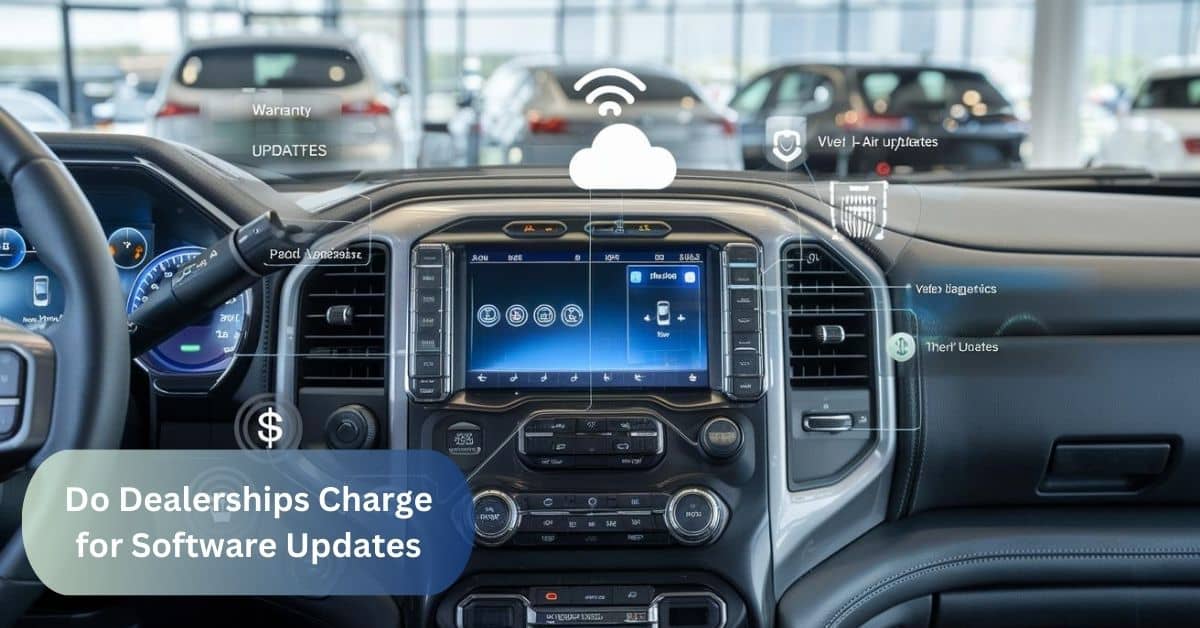Dealerships may charge for software updates if the car is no longer under warranty or if the update is optional. Updates related to recalls or during the warranty period are typically free. Some manufacturers offer over-the-air updates, making the process easier and often without cost. Ignoring updates can impact the car’s performance and safety.
Introduction To Do Dealerships Charge For Software Updates
In the digital age, cars are becoming increasingly complex, with software playing a crucial role in everything from navigation systems to engine performance. One of the rising concerns for car owners is whether dealerships charge for software updates. This article explores the ins and outs of software updates at dealerships, explaining when and why you may be charged, as well as what these updates mean for your car’s performance.
What Are Car Software Updates?
Modern vehicles are equipped with advanced software systems that manage various functions like safety features, engine diagnostics, and infotainment systems. Software updates are akin to updates on your smartphone, ensuring the car’s operating system is up to date with the latest improvements.
1. Updates can be issued for:
- Enhancing performance or fuel efficiency.
- Fixing known issues or bugs.
- Adding new features or improving current ones.
- Enhancing vehicle security systems.
Types of Car Software Updates:
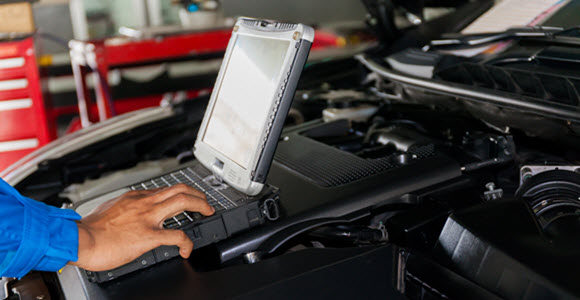
1. Manufacturer Issued Updates (Under Warranty)
Most new cars come with warranties, and many of these warranties cover necessary software updates. Manufacturer-initiated updates, particularly those addressing safety concerns or major system flaws, are often performed at no cost to the owner during the warranty period.
2. Out-of-Warranty Updates
Once a vehicle is out of warranty, some software updates may require payment. These can include performance enhancements or upgrades that go beyond basic functionality. The cost depends on the dealership, the car’s make and model, and the type of update being performed.
3. Recall-Related Updates
If an update is part of a recall, the dealership is typically required to perform it free of charge. Recalls usually address safety-critical issues, and manufacturers are responsible for covering the associated costs, regardless of whether the car is under warranty.
4. Optional Updates or Enhancements
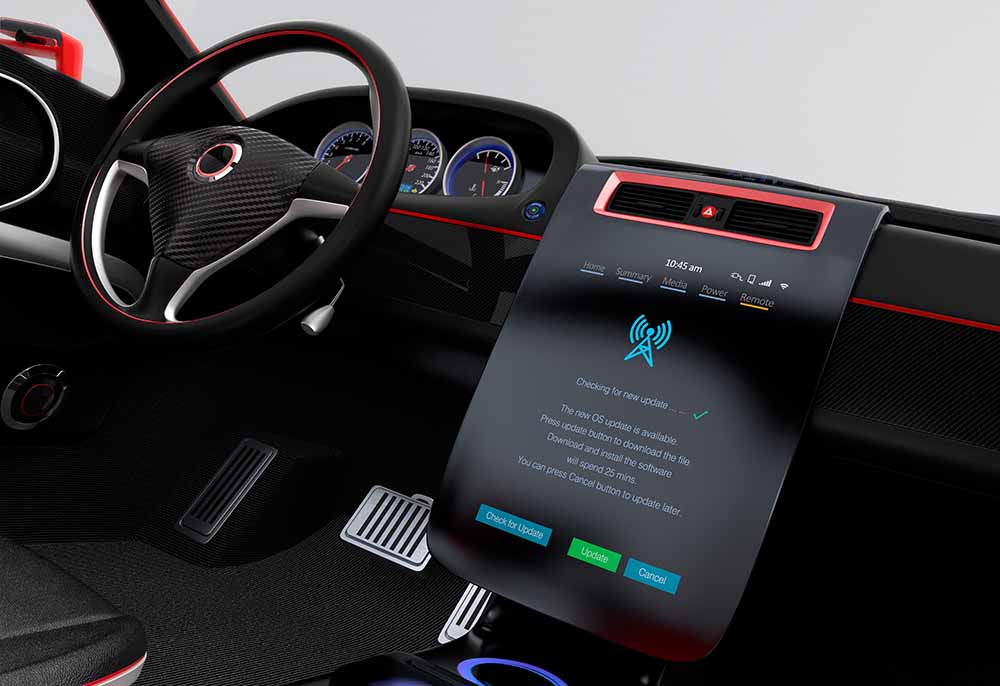
There are also optional updates, such as adding new features to your infotainment system or upgrading certain functionalities. These upgrades are often not free and can be offered as part of premium packages. Owners can opt-in to improve the user experience but should expect to pay for these enhancements.
When Are Software Updates Free?
- Under Warranty
Most software updates are free while the vehicle is under warranty, especially if they involve critical functionality. This applies to both major safety recalls and smaller bug fixes. - Government-Regulated Updates
In some cases, updates may be issued due to government regulations or safety mandates. For instance, updates related to emissions control may be provided free of charge as they ensure compliance with environmental regulations. - Vehicle Recalls
As mentioned earlier, any update related to a recall must be done for free. Recalls can happen years after the vehicle has been purchased and may affect a large number of vehicles.
Why Do Dealerships Charge for Software Updates?
1. Labor Costs
One reason dealerships might charge for software updates is the labor involved. Even if the software itself is free from the manufacturer, the dealership must pay technicians to install the update. The process may take time, and labor costs at dealerships can be substantial.
2. Complexity of the Update

Some updates are more complex than others, especially those involving the engine control unit (ECU) or other critical systems. Complex updates require skilled technicians, specialized tools, and significant time to complete, leading to higher charges.
3. Dealership Profit Model
Dealerships are businesses that rely on service departments for a significant portion of their income. In addition to selling vehicles, they make money from performing maintenance and updates, especially on out-of-warranty cars.
4. Subscription-Based Services
For certain cars, software updates may be tied to subscription services. For example, some brands offer subscription-based telematics or infotainment services, which require regular payments to keep systems updated and functioning.
How Much Can You Expect to Pay?
The cost of software updates at a dealership can vary widely. Here are some factors that influence pricing:
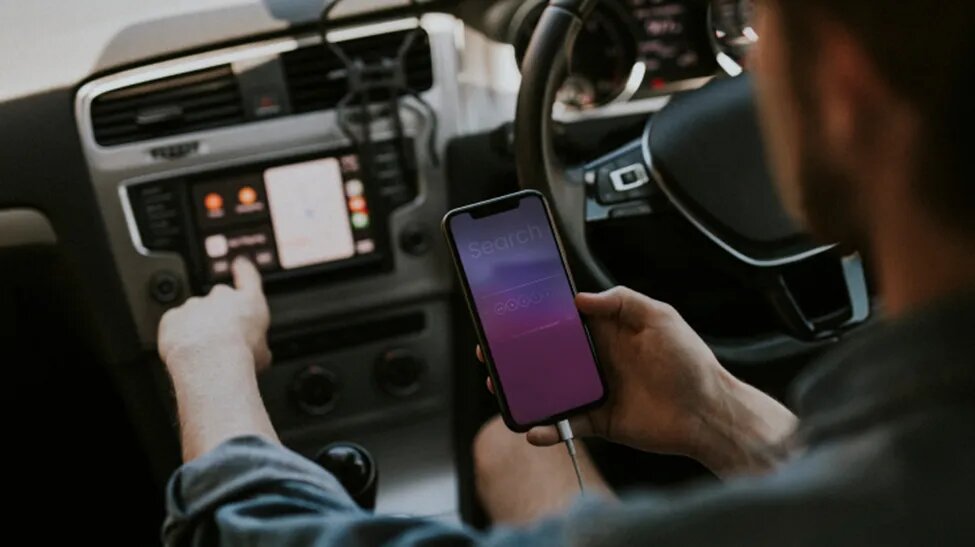
- Type of Vehicle: High-end cars with advanced systems (like Tesla, BMW, or Audi) might have more expensive updates.
- Type of Update: Basic infotainment updates might be inexpensive, while performance-related updates to the ECU could cost hundreds.
- Dealership Labor Costs: Labor rates vary from dealership to dealership. You can expect to pay more for skilled labor in metropolitan areas.
On average, you might be charged anywhere from $50 to $200 for a software update, but more complex updates could be higher.
How to Minimize Software Update Costs?
1. Regular Maintenance Visits
Ensure that your car undergoes regular maintenance at the dealership while it’s under warranty. This way, you can take advantage of any free software updates during routine service visits.
2. Use Independent Mechanics

For some updates, independent mechanics or third-party service centers might offer the same service at a lower cost. However, this is mostly applicable to non-proprietary systems, and some updates may require dealership-only access.
3. Check for Recalls Regularly
If your car has been recalled for any reason, the dealership will fix the issue (including providing necessary software updates) for free. Stay informed about recalls by visiting official manufacturer websites or signing up for recall alerts.
4. Negotiate with Dealerships
You might be able to negotiate the cost of a software update, particularly if the update is not urgent or if you bundle it with other maintenance services.
The Role of Over-the-Air (OTA) Updates:
Some car manufacturers, like Tesla, now offer over-the-air (OTA) updates, eliminating the need for a dealership visit altogether. These updates happen wirelessly and can be installed while the car is parked in your garage.
1. Advantages of OTA Updates:

- Convenience: No need to schedule a service appointment.
- Timely: Updates are often more frequent and immediate, improving vehicle functionality as soon as updates are available.
- Free or Low-Cost: Many OTA updates are free, especially for newer vehicles still under warranty.
However, not all car brands offer OTA updates, and for many manufacturers, software updates still require a visit to the dealership.
Potential Risks of Ignoring Software Updates:
Ignoring software updates can lead to:
- Reduced vehicle performance.
- Potential safety hazards if critical systems are outdated.
- Increased vulnerability to cyber threats, especially with connected car features
Future Trends in Car Software Updates:
As automotive technology evolves, more manufacturers are expected to adopt OTA updates. This trend will likely reduce the reliance on dealerships for basic software maintenance and make updates more accessible to consumers.
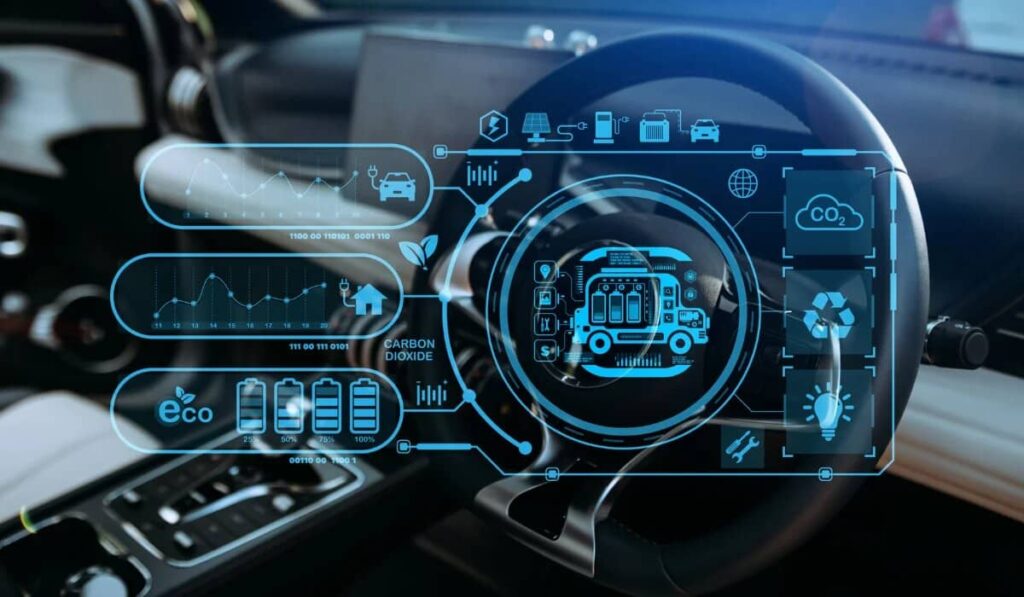
We may also see an increase in subscription models for certain features, requiring continuous payments for regular software updates and services. This could be especially prevalent in luxury or high-tech vehicles, where advanced systems require constant updating to maintain peak performance.
FAQ’s
1. Are software updates always necessary for cars?
Yes, software updates are essential to ensure optimal vehicle performance, safety, and security. They address bugs, improve system efficiency, and occasionally add new features.
2. Will I be notified if my car needs a software update?
In most cases, the manufacturer or dealership will notify you if a software update is available, especially for safety-critical issues or recalls.
3. Can independent mechanics perform software updates?
It depends on the vehicle and the update. Many manufacturers restrict software updates to authorized dealerships, particularly for proprietary systems.
4. How long does a typical software update take?
The time for a software update varies. Minor updates might take 30 minutes, while more complex updates could take several hours.
5. Can I perform a software update myself?
For some cars that offer over-the-air updates, yes, you can perform them yourself. However, for most vehicles, updates require dealership access.
6. Do I have to pay for software updates on a leased vehicle?
Software updates on a leased vehicle are typically covered under the lease agreement, particularly if the vehicle is still under warranty.
7. What happens if I don’t install a software update?
Neglecting software updates can lead to performance issues, reduced safety, and even legal non-compliance if updates are related to emissions or safety recalls.
8. Can software updates improve fuel efficiency?
Yes, in some cases, software updates are designed to improve engine performance and fuel efficiency.
9. How often do car manufacturers release software updates?
The frequency varies by manufacturer, but most will release updates as needed, particularly to address performance issues or safety concerns.
10. Are software updates covered by insurance?
Typically, insurance does not cover software updates unless they are part of a repair related to an accident or other covered event.
Conclusion:
Whether you’re driving a brand-new vehicle or an older model, software updates are becoming an essential part of maintaining your car’s health and performance. While some updates are free, others, especially out-of-warranty or premium updates, can come at a cost. By understanding how dealerships charge for software updates, you can make informed decisions and potentially save on service fees.

